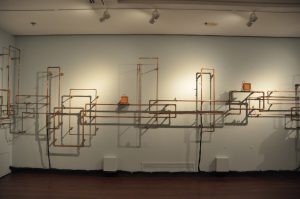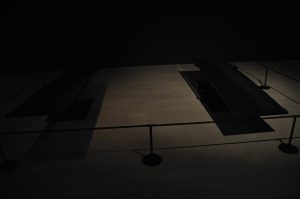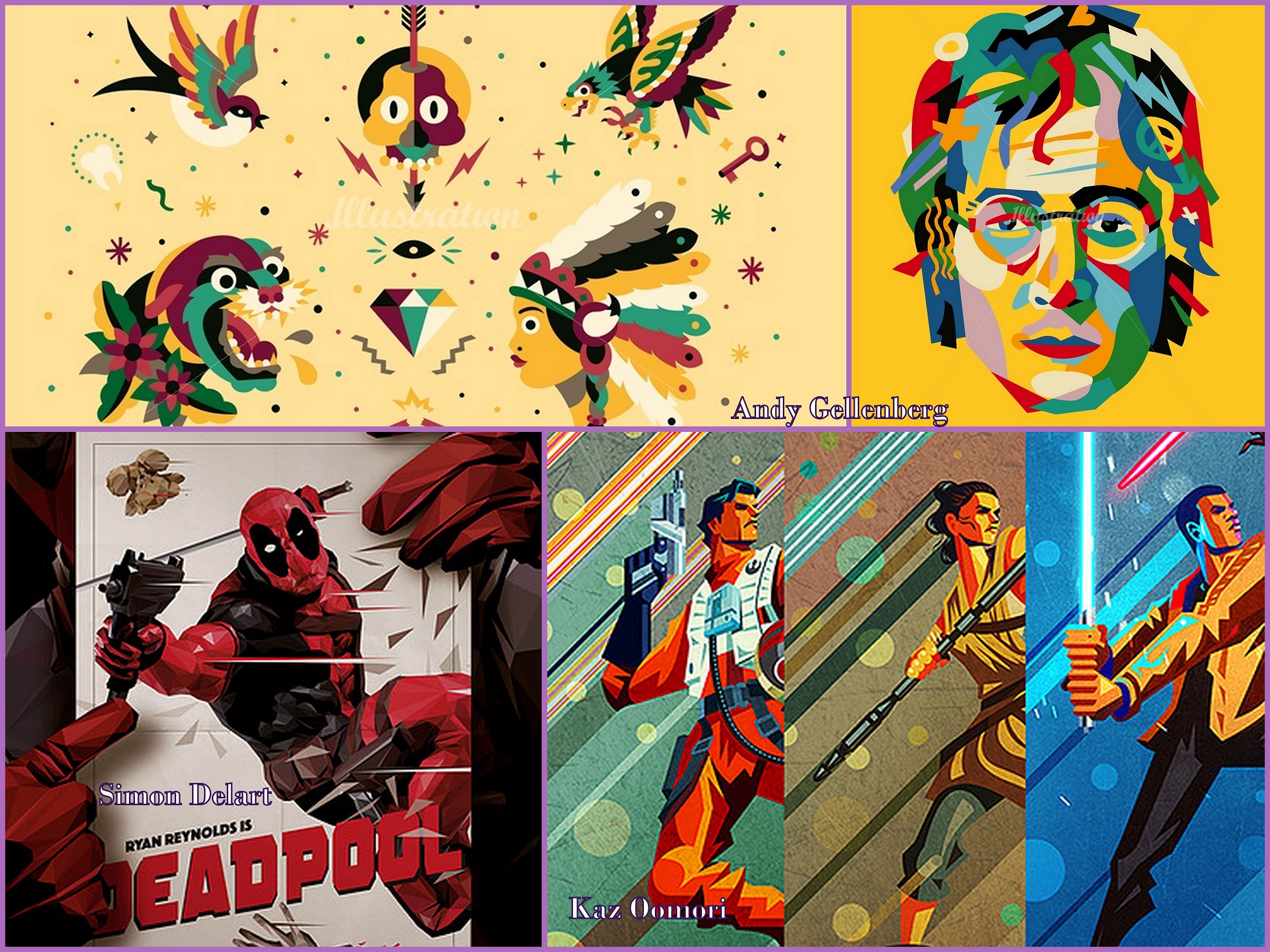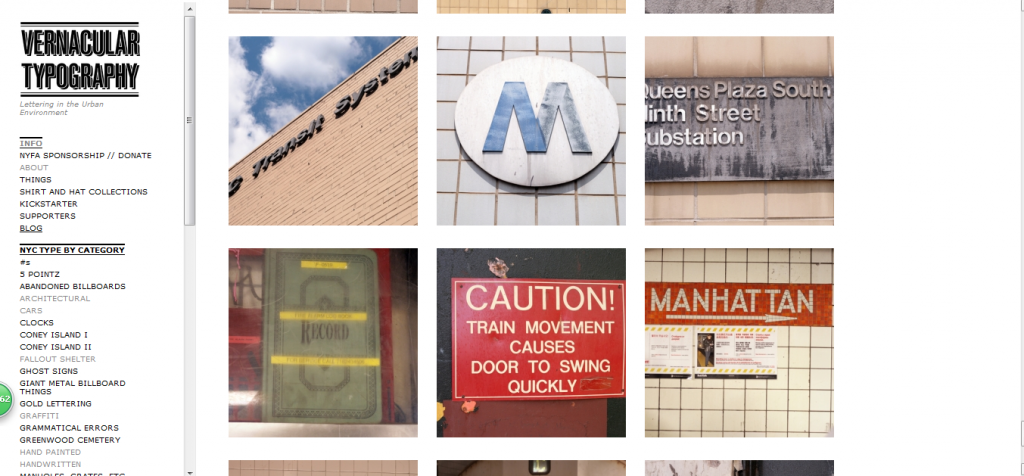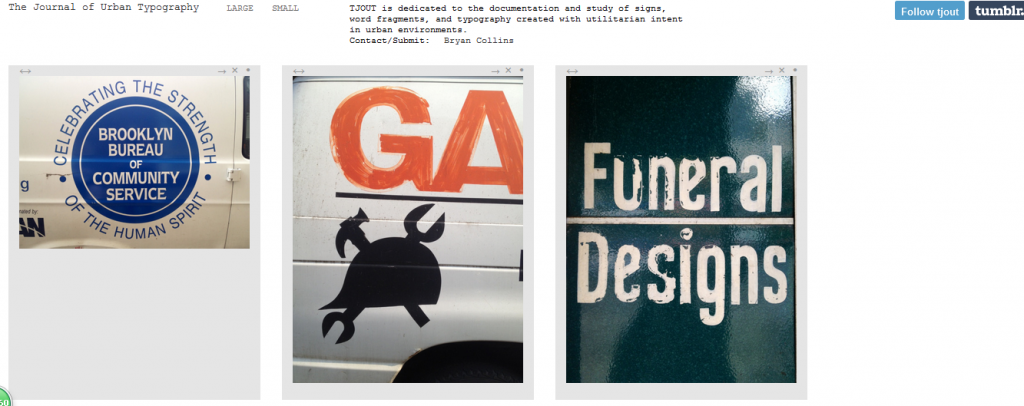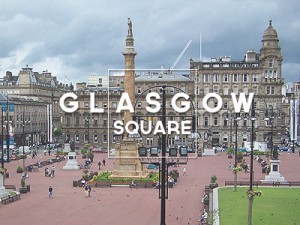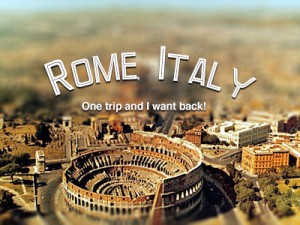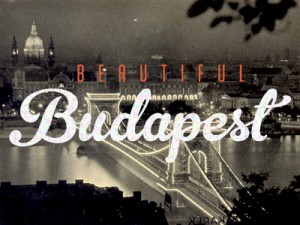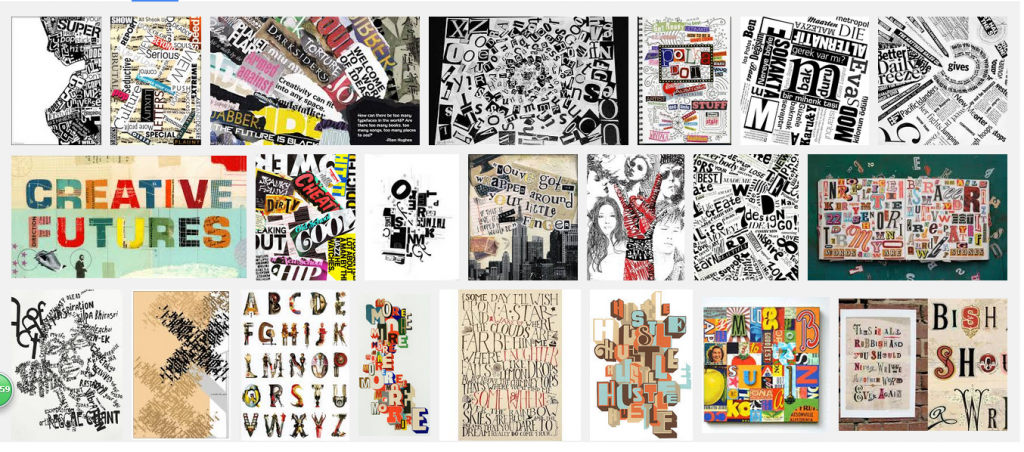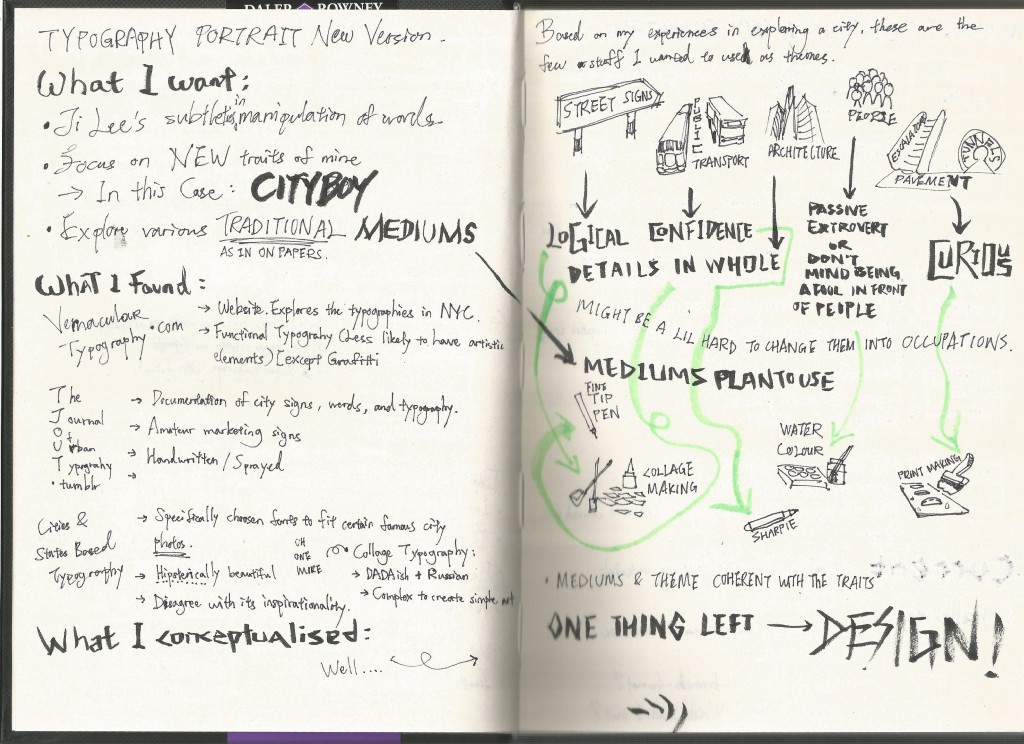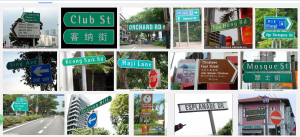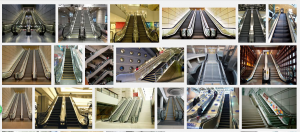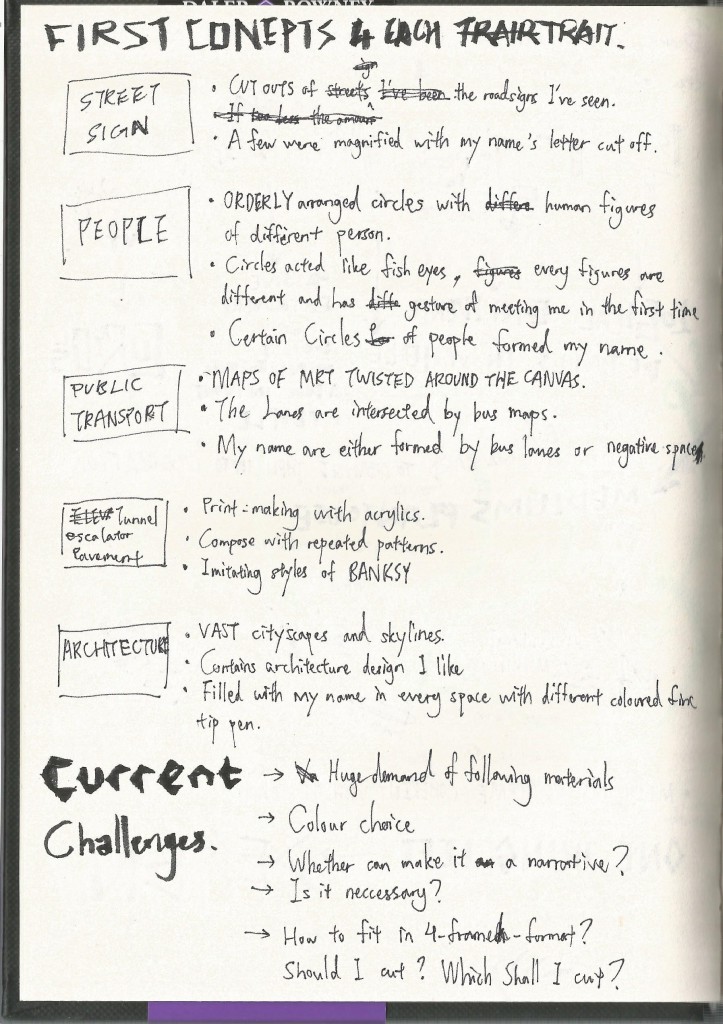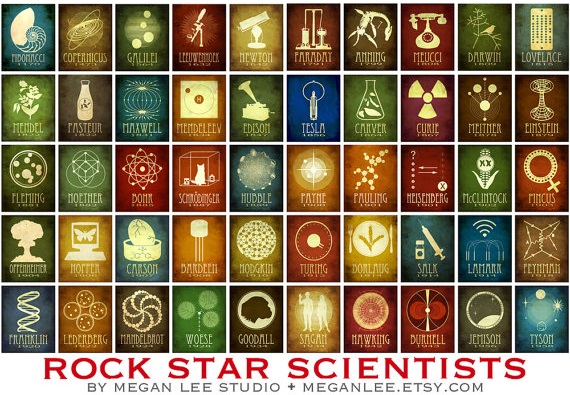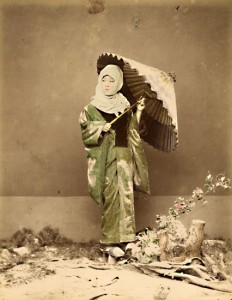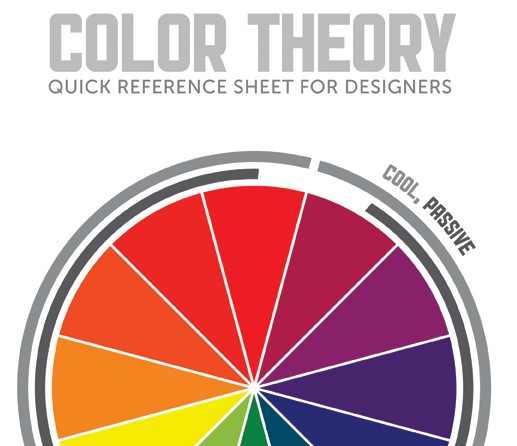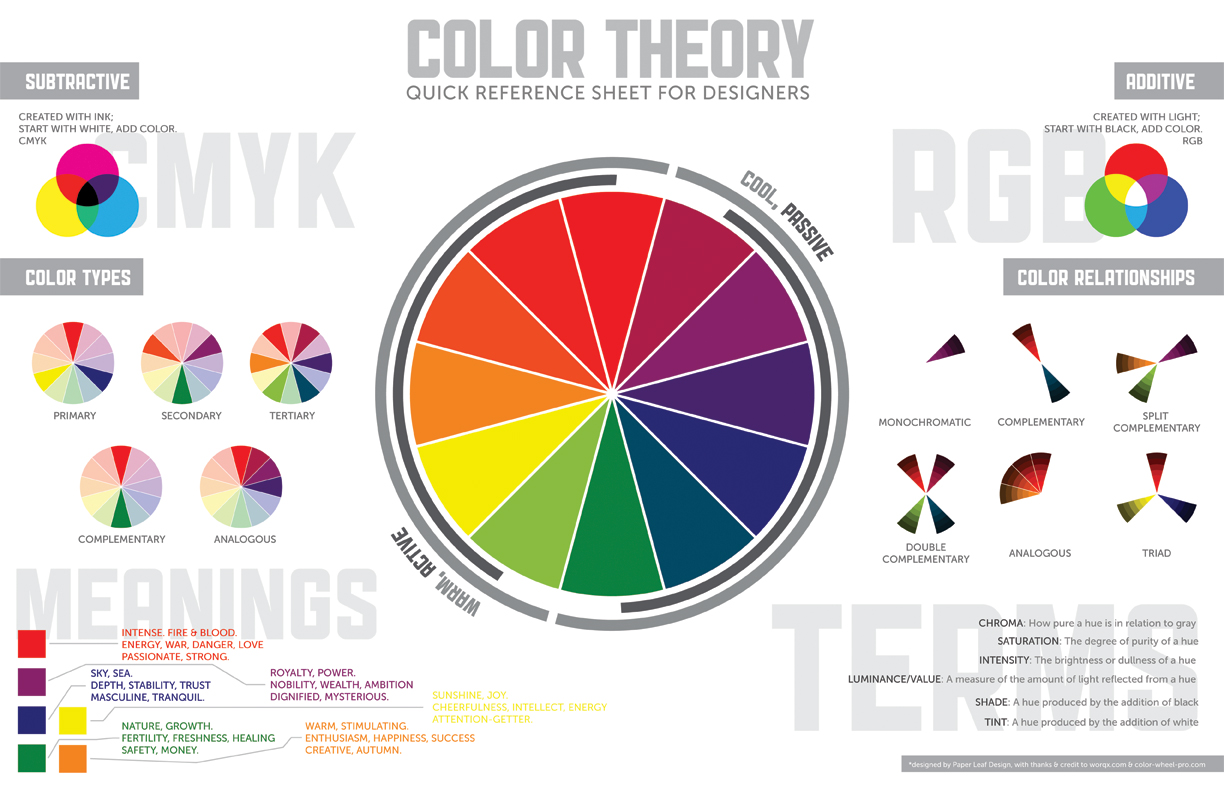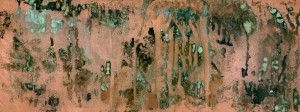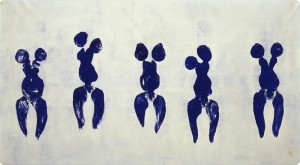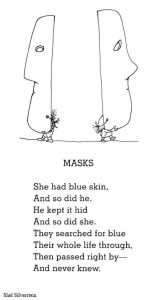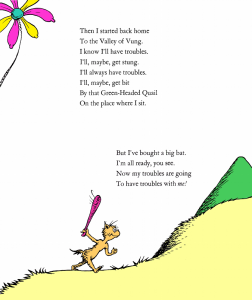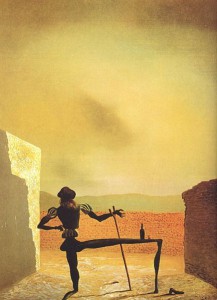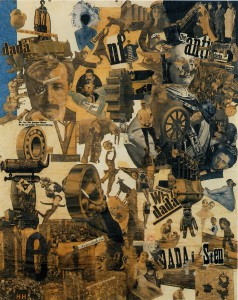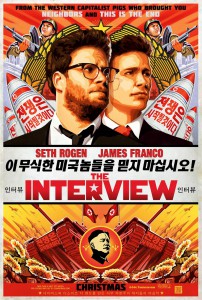When it comes to 18 of them, which one should I add the s? POINT? Or VIEW?
How to think of 18 point of views of any subject? First, start with something not specific. Then, find something everyone can related to, so perspective ensured to exist. Followed by something I have different point of view from the common point of views. Thus, I came out with something I extremely relied on as much as my computer, le PEN.
My definition of a pen is, it produce lines of any ink, it can fill up any given 2-dimensional space, it has a hard tip for user-friendly, and it is not a pencil. Yeah, this is somehow a little unnecessary explanation but I just want it clear before I put out my list of POVs. Feel free to read and I’ll see you at the bottom of the list.
A PEN from the point of view of CIVILIZATION is TOOL OF COMMUNICATION
A PEN from the point of view of CHILD is PENCIL YOU CAN’T ERASED
A PEN from the point of view of CALLIGRAPHER is MUSIC INSTRUMENT
A PEN from the point of view of WRITER is PAINTBRUSH
A PEN from the point of view of MONK is MEDITATION
A PEN from the point of view of DRUMMER is DRUMSTICK
A PEN from the point of view of PENTURNERS is ART
A PEN from the point of view of CRITIC is SWORD
A PEN from the point of view of PHILOSOPHER is ENGINEERS TO SCIENTISTS
A PEN from the point of view of PAINTER is CHISEL
A PEN from the point of view of BUSINESSMAN is SEAL OF APPROVAL
A PEN from the point of view of LAWYER is GUN
A PEN from the point of view of STUDENT is BOW AND ARROW
A PEN from the point of view of GAMBLER is CHANCE
A PEN from the point of view of SCIENTIST is CAMERA
A PEN from the point of view of POLITICIAN is WMD
A PEN from the point of view of INVENTOR is IGNITION
A PEN from the point of view of MUSICIAN is ACRYLICS
A PEN from the point of view of PROCRASTINATOR is MOTIVATOR
A PEN from the point of view of ME is MIND PROJECTOR
Had fun? You may heard of some of the sentences as they are universal facts. What I am trying to do express is I focused on human occupations since pen is such an important tool to these particular aspect require a civilized system of communication we called written language. IT is fun to explore and conclude generically how such small tool can be a great deal when different users is holding it.
Since we’re in a course that emphasized on conceptual results, it’s never too troubled to think of another idea. I thought of the most used color in human civilization, or rather this continent of the world, RED. Due to how much man-made culture had utilized it, red is almost everywhere. As a matter of fact, RED is in our blood. So, spare some time to read through my POVs of the color, RED.
A RED from the point of view of KID is LEADER
A RED from the point of view of TEACHER is AUTHORITY
A RED from the point of view of CLOTHING LINE is UNISEX
A RED from the point of view of TECHNICIANS is DANGER
A RED from the point of view of PARENTS is VIOLENCE
A RED from the point of view of CHINESE is PROSPERITY
A RED from the point of view of ALCOHOLICS is WINE
A RED from the point of view of FEMINIST is STRENGTH
A RED from the point of view of DOCTOR is BLOOD
A RED from the point of view of NATURE is SEDUCTION
A RED from the point of view of ADVERTISERS is EYE-CATCHING
A RED from the point of view of CHEF is DELICIOUS
A RED from the point of view of DESIGNERS is FF0000
A RED from the point of view of EYE is ATTENTION
A RED from the point of view of FRUIT LOVER is SWEET
A RED from the point of view of FOOD LOVER is HOT
A RED from the point of view of SCIENTIST is 620-750
A RED from the point of view of LOVERS is COMPASSION
This time the POVs are covering different aspects in cultural phenomenon instead of focusing on human occupation. This is because I found RED was already part of the universal, therefore I inserted other object to interact with the color, like the nature and eye. I’ve also included specified groups of people like alcoholics, feminist, advertisers, and lovers to give it a different tone to the collections.
However, as an unspoken and unexplained law of the human mind stated, when you are able to think it, someone else must’ve thought it. Apparently, there are other fellow course-mates had the same idea. So, in order to let my work stand out, and not a “just-another-similar-thing”, the style of execution is vital.

In terms of style, I’ve looked through the web with websites like 9gag and a modern artist related site call the Illustration Web, which is like a dating site, except, this is for freelance graphic artist/illustrators and commissioners.
(Feel free to google the names in the collages.)

The medium I have in mind are illustration, which was greatly (almost over-)used by everyone else. Perhaps it is because many point of views included human characters, and illustration is the most practical to express human figures. So, I would like to try some stylized designs of my human characters. The styles I found interesting is these particular artists, as they did their characters in an unconventional ways to prove their styles are unique and hope that they’re recognizable. Although like how classical art were considered common in their time, (I heard there are plenty of artist had the same styles as Vermeer in his period.) their names hardly stand out, but their efforts and attributes of creating a special characters are worth to learn.

Next I have to consider about lines and how to shape out my compositions. There are plenty of illustrators love to used insanely intricate lines to wow their viewers, and yet some of them can do by performing instant strokes to form a figure. Less is more? It can’t be decided objectively.

Compositions is the key to this project. There’s a need to be abstract yet able to communicate with audience instantly. Even if the work cannot show a literal context, it must at least keep the audience interested. At least, this is what I see from the art above.

Lastly, the color. For either subjects I had in mind, I planned to use different coloring methods. For PEN, I planned to use digital coloring, or the complicated coloring styles from the images. As for RED, I intended to make the compositions black in white and only color the red objects, or maybe VICE VERSA.
In conclusion of my research, there are still a lot more to test and possibly I can decide once I came up with the experimental drafts. My fellow classmates have given good advice that ended up into my explanation above. Since I love illustration works too so I am excited to see what will be the end results, or at least, end decision.
Thanks for reading and see you next time!
